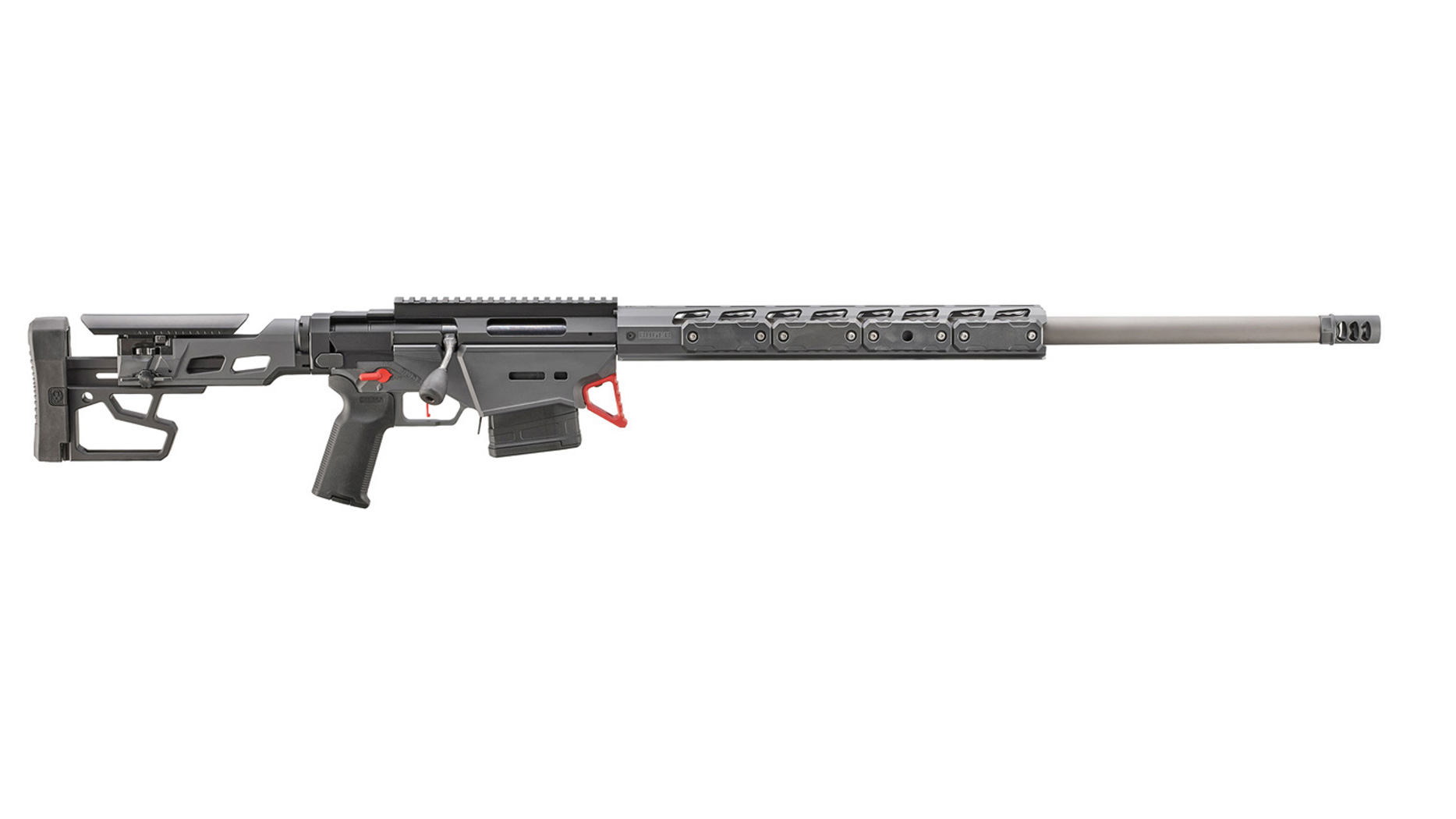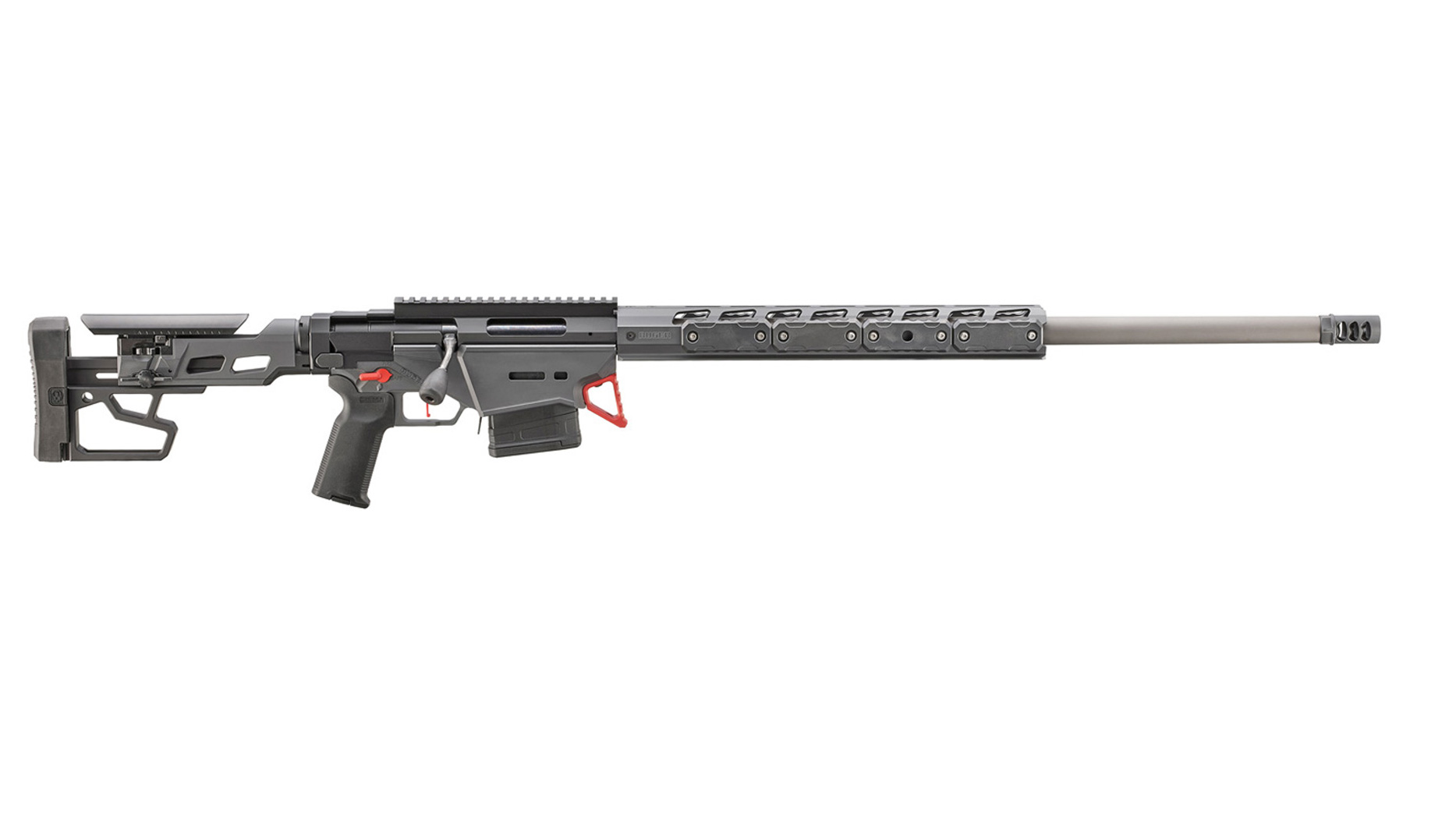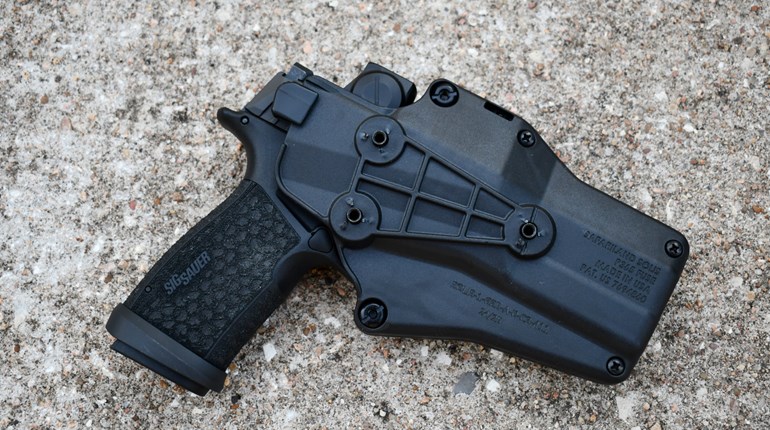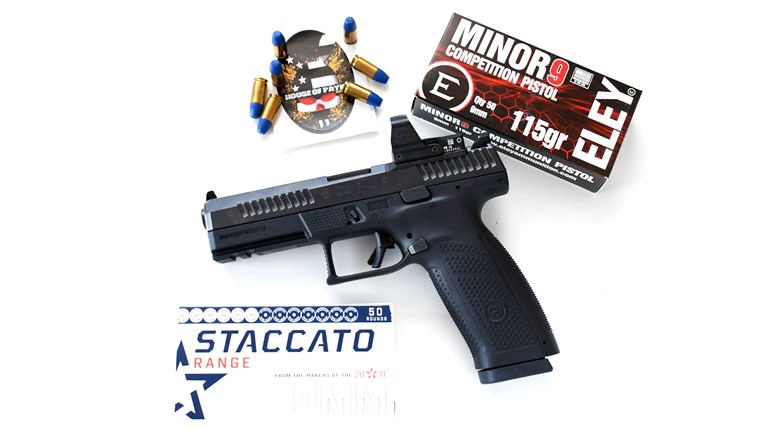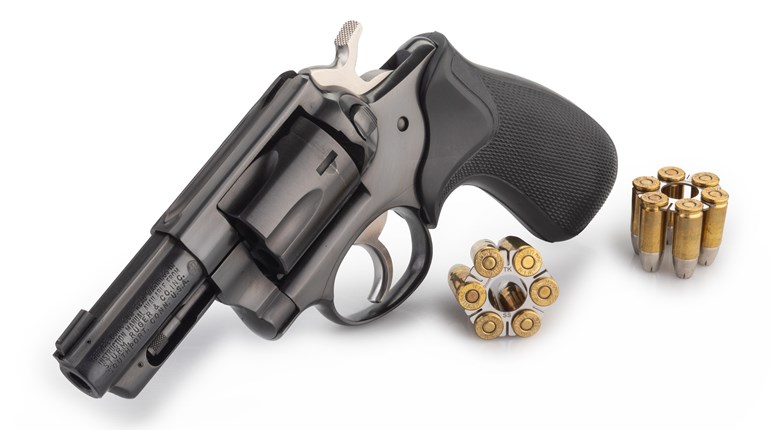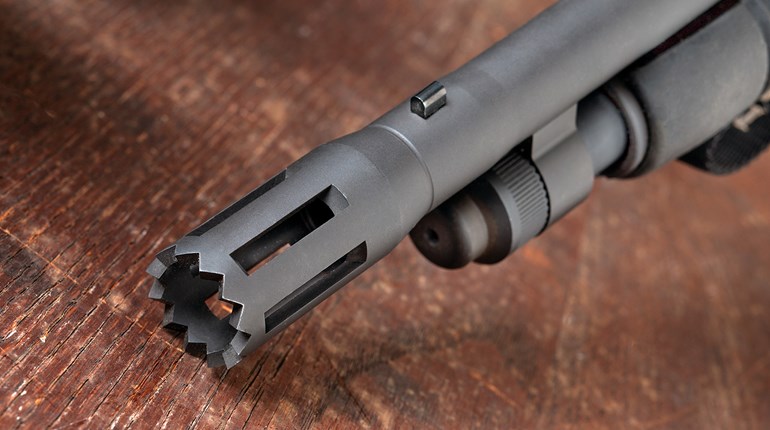
“Does it kind of creep you out?” my buddy asked, pulling his car off to the side of the road. “Does what creep me out?” I asked. “You know, swimming out into a lake in the middle of night to just…I dunno, sit in the water for a couple of hours?”
I laughed. “Well, it’s not like there are sharks in the water. I mean, yeah it’s probably a little eerie, I suppose, but it is what is. I can’t sneak on to the property, because that’s trespassing, but I’ve got permission to be on, or in this case, in the lake, so here I am." I gave the inner-tube a toss over the 6-foot, chain-link fence and climbed over.
Ten minutes later, sweating in the hot August night as the mosquitos buzzed around me, the prospect of slipping into the dark Missouri fresh water did, in fact, seem extremely eerie. I was decked out in a black T-shirt, black swimming trunks and had an inner tube with a rattle-can, OD-green, camo-painted piece of plywood to act as a camera platform. I slipped on the vintage DACOR Turbo II dive fins over a pair of "tactical-black" Converse All Stars and sat for a minute on the muddy bank, looking at the black water.
There across the lake, out on its own little point, was my objective; a two-story house with lights glowing from the floor-to-ceiling windows in the back of the not-so-modest home. Giving the zoom lens on my video camera one last chance to do all the work for me, I looked into the eyepiece for any detail that would spare the night swim. No such luck. In those early years of the 2000s, a video camera with a great zoom lens for night work wasn’t in my “self-employed” budget. Stowing the video camera into a ziplock bag with a duct-tape seal, I laid it inside the black, rubber dry bag that was mostly lashed down to the inner tube's wooden platform.
The subject-in-question, according to the client, routinely violated the company’s “morality clause," and if such could be proven, a 100-percent vote by the board was all but guaranteed. A corporate coup in the making.
Quietly swimming from shore, lake water flooding the canvas tennis shoes, the tow rope pulling across my shoulder as the inner-tube followed 15 or 20 feet behind, I swam a little further below the surface for a dozen or so yards before popping to the surface and clearing my snorkel. Freshwater or not, pitch-black water at night was, in fact, creepy. Ten or 15 minutes later, I was treading water just beyond the ring of firelight that carried out over the water from the Tiki torches on the small dock, arriving just in time for the very adult-themed party.
After getting the footage I needed, I swam back to where my Jeep was parked. As soon as I could touch bottom, I pulled the heavy black rubber fins off, and the Converse All Stars sank a little into the bottom, my legs feeling the full weight of the nighttime swim/surveillance operation as I dragged myself onto the muddy bank before laying there, wet and exhausted, for 15 minutes.
The night was still incredibly warm and humid. The soaked, all-black Chucks sloshed down the unlit blacktop road, water pulsing from the riveted drain holes on the sides. My bare feet slid back and forth against the inside of the canvas shoe. Finding the keys under the bumper, I opened the rear hatch and dug out dry clothes. I thought it was ironic. I was taking off wet tennis shoes to put on dry TEVA sandals. This was the 21st century. Couldn't someone just make a decent enough amphibious shoe that could be worn wherever, whenever?

Fast-forward 15 years or so, and the American combat boot company Altama showed up at SHOT Show with the Maritime Assault Boot. The boots looked like a grown-up version of Converse's Chucks (or at least a neuvo-tactical version of them). Remembering that night swim long ago, along with a few other relatable instances, the boots had my attention. After the show, I walked through the locally owned all-things-tactical store last December and saw them on display. Lacing up a pair in the store, I found they fit very similarly to Converse All Stars. I wanted a pair of black high tops, but the store had only multicam patterns in the high top. After $90 something dollars later, I left with the multicam hightops.
The next morning, the air was a crisp 28 degrees as I walked across the gym parking lot in my fresh kicks. Still a dedicated gym rat securely into my fourth decade, I like the near-barefoot level of a pair of Chucks, but such things come with a trade-off. The thin soles on the Converse shoes are freezing in the dead of winter. Altama's assault boots offered a different experience. My feet were noticeably warmer. Gone was the radiating chill on the bottom of my feet from the frigid ground. This, no doubt, was due to the very solid rubber sole, aided by the very impressive insole that Altama puts inside.
Having done my fair share of hunting and hiking in hot weather, I often found myself wearing the old American canvas tennis shoe as a stand-in for moccasins. As anyone who has worn real moccasins in the woods, you know how incredibly quiet and agile you can be, but you also know how your feet slip inside of them, sometimes fighting for purchase. This is not the case with the Maritime Assault Boot. Its inner liner sole locks your foot in place, almost to the point of being ridiculous. Wet or dry. Three quarters of a year into wearing them, it is beyond impressive.
Still liking and wearing the Maritime boot when spring rolled around, I had a fortunate opportunity to give them a harsher test when the region was submitted to several days of nearly non-stop thunderstorms. When the clouds finally parted, the landscape was thoroughly soaked, if not flooded. I wanted to put the boots to the test. Altama's advertised claim is that these are a maritime boot. One should expect them to operate well on unfriendly wet surfaces.

The trail I picked to run on was two miles of up-and-down hills, best reserved for mountain bikers. It was also as muddy as any of those "how-tough-can-you-run" challenges. Two minutes into the run, on a narrow hillside trail, the boots never gave way to the environment. Ten minutes later, any apprehensions I had toward the tread design were vanishing. I purposely chose to end my run down a set of concrete stairs that follow the contours of a hill notorious for being slick with water and mud after heavy rains. It is not uncommon for the parks department to close the stairs after inclement weather. Descending the 216 steps at a solid pace, my legs, the boots and the steps all caked with mud. I kept waiting for them to give way and suddenly find myself lying on my back, a new concussion as my reward. Nothing.
The soles of the Altama Maritime Assault Boots, designed for water-bound incursions, lived up to their intended purpose. The boots never once yielded to untenable surfaces, one foot fall after the other.
By August, I had worn them bouldering in Missouri, hiked them up a couple of steep inclines around our camp in the Sawtooths of Idaho and worn them on the streets during a a few foot surveillances. The one very intentional test I did on them was to wear them in and submerged in water, along with the old Chucks for comparative purposes. After wearing them for 20 minutes in the pool, I sat them side-by-side to dry out and hit the timer on my watch.
Anyone who works in a hot and humid environment knows how long, if ever, it takes for something to dry out. After two hours in the humid St. Louis summer, the Altamas were damp to the touch. The Converse shoes were still soaked. Four hours later, I had the Maritime Assault Boots back on my feet to head out the door for a hot, nighttime surveillance. My cotton socks felt cool but never damp inside the shoes. By contrast, the Chucks took two days to dry out completely.
I remain sold on these boots. I save wearing tennis shoes for the gym or the summer months when in shorts. Otherwise I live, work and play in boots in one form or another. The Maritime Assault Boots act and wear like a boot disguised as a tennis shoe and are capable of giving you a solid foot platform. If there was one thing I would like to see changed on the high tops, it would be a taller ankle, maybe 1 to 1.5 inches. This would improve stabilizing the ankle area and make the boots more readily acceptable to wearing an ankle rig for a backup gun.
Clearly, Altama has marketed its Maritime Assault Boots as "special-mission" shoes, but they serve very well in the world of everyday wear.


